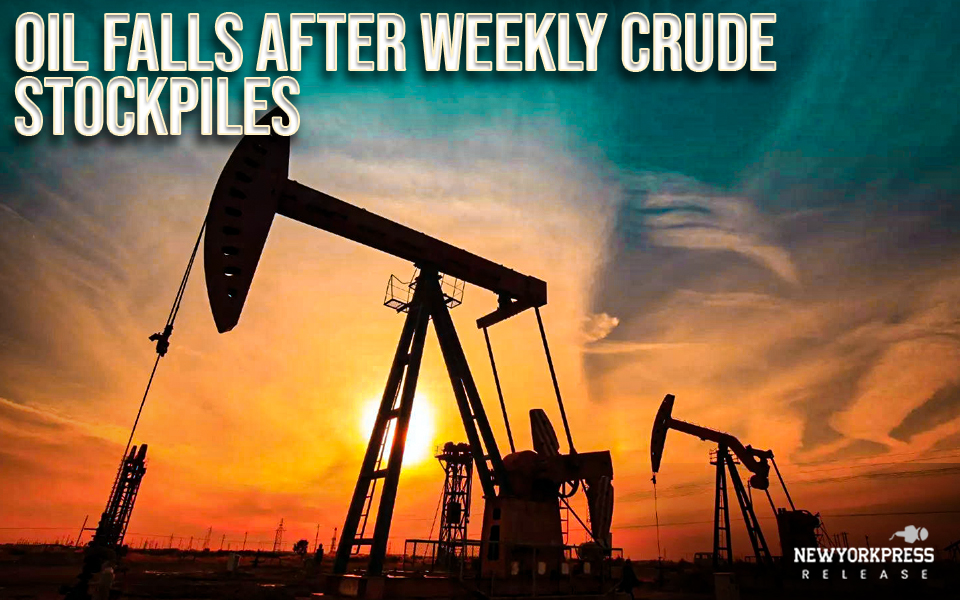Oil plunged in Asian trade on Wednesday morning, breaking two straight days of gains after an industry report revealed U.S. crude inventories grew unexpectedly last week, suggesting that demand for fuel might be slowing.
Brent futures, which grew more than 3% this week, plummeted 37 cents, or 0.5%, to $74.95 per barrel at 04:00 GMT. U.S. West Texas Intermediate (WTI) crude futures plunged 39 cents, or 0.6%, to $69.28.
On Tuesday, The American Petroleum Institute said that oil stocks in the US grew by approx 3.3 million barrels in the week ending March 17, according to sources.
This broke the drawdown of about 1.6 million barrels predicted by eight analysts polled by Reuters.
Traders and analysts will be waiting for data from the U.S. Energy Information Administration on Wednesday to see if it supports worries of weakening crude demand.
Simultaneously, markets are expecting the conclusion of the U.S. Federal Reserve’s meeting of managers on Wednesday, in what is broadly perceived as the most difficult Fed policy decision in recent times.
After the meeting, Chair Jerome Powell is expected to release updated economic estimates as well as the central bank’s interest rate hike path.
While the market expects the Fed to hike rates by 25 basis points on Wednesday, some prominent central bank analysts believe the Fed may halt additional rate hikes or delay the release of fresh economic estimates in reference to global financial sector turmoil.
A halt in rate rises would assist in promoting economic activity and, as a result, fuel demand.
Oil prices fell the most in months last week, following high-profile bank failures in the United States starting March 10 and a crisis at Europe’s Credit Suisse. Over the weekend, an emergency bailout by Credit Suisse helped to resurrect oil prices.
OPEC+ officials, hedge fund managers, and oil market participants have labeled the recent plunge in oil prices as speculative, claiming that rising demand will drive the prices higher in the coming months.
According to ANZ analysts, top traders view basic oil problems as drivers of high prices.
“There are concerns that supply may also get hit more than demand amid the banking crisis. U.S. shale output is most at risk from tighter credit conditions from regional U.S. banks,” ANZ analysts stated in a client note.




